Wide And Sharp 3D Dark Matter Map Created – Important Step To Better Understand Accelerating Expansion Of The Universe
MessageToEagle.com – A wide and sharp 3D dark matter map based on the recent imaging data by Hyper Suprime-Cam (HSC) on the Subaru Telescope has been released by an international team of astronomers including the National Astronomical Observatory of Japan and University of Tokyo.
The camera, called Hyper Suprime-Cam captures a wide area in the sky equivalent to the combined size of nine full moons in one shot.
Dark matter is the most mysterious building block of outer space and it is believed to form a fundamental part of our universe.
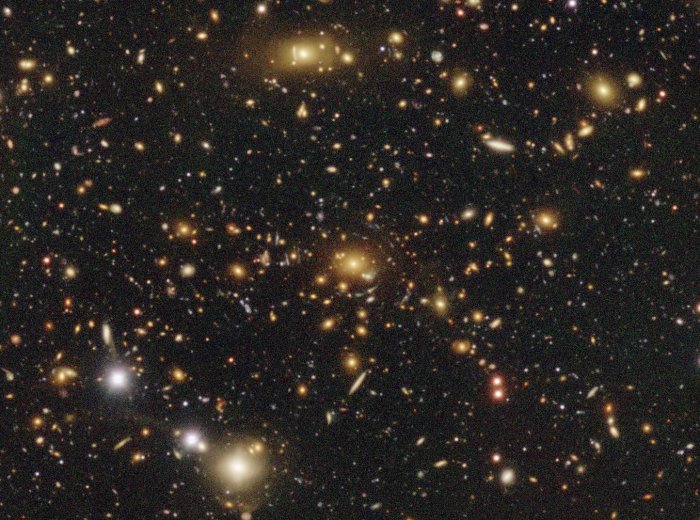
This is only 11 % of the planned final map, but it is already unprecedentedly wide. It is an important step to better understanding the Universe’s accelerating expansion.
The dark matter distribution is estimated by the weak gravitational lensing technique. The team located the positions and lensing signals of the dark matter halos and found indications that the number of halos could be inconsistent with what the simplest cosmological model suggests.
For now, this is the best and the sharpest dark matter map covering such a wide area. It covers a wider area and features a higher resolution than any other similar maps, according to researchers.
In the 1930’s, Edwin Hubble and his colleagues discovered the expansion of the Universe. A formula relating matter and the geometry of space-time was required in order to express the expansion of the Universe mathematically.
Coincidentally, Einstein had already developed just such a formula. Modern cosmology is based on Einstein’s theory for gravity.
Deeper understanding of the distribution of dark matter would help check the validity of the theory that the expansion of the universe is speeding up. Study on dark matter would also help understand better how galaxies and galaxy clusters have been formed.
Original story – here.
MessageToEagle.com
Related Posts
-
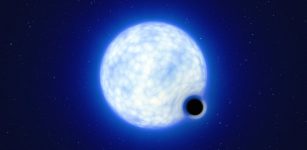 ‘Black Hole Police’ Discover A Dormant Black Hole Outside The Milky Way Galaxy
No Comments | Jul 19, 2022
‘Black Hole Police’ Discover A Dormant Black Hole Outside The Milky Way Galaxy
No Comments | Jul 19, 2022 -
 Dark Matter May Have Helped Form Early Supermassive Black Holes
No Comments | Aug 28, 2024
Dark Matter May Have Helped Form Early Supermassive Black Holes
No Comments | Aug 28, 2024 -
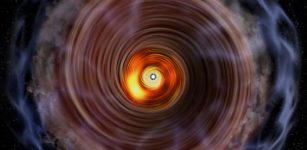 ALMA’s Observations Of Protostar G353 In Constellation Scorpius
No Comments | Jul 10, 2019
ALMA’s Observations Of Protostar G353 In Constellation Scorpius
No Comments | Jul 10, 2019 -
 Computer-Generated “Universes”: Machine Learning Reveals How Black Holes Grow
No Comments | Jan 6, 2023
Computer-Generated “Universes”: Machine Learning Reveals How Black Holes Grow
No Comments | Jan 6, 2023 -
 Turbulent Early Days On Asteroid 4 Vesta – New Study
No Comments | Feb 27, 2020
Turbulent Early Days On Asteroid 4 Vesta – New Study
No Comments | Feb 27, 2020 -
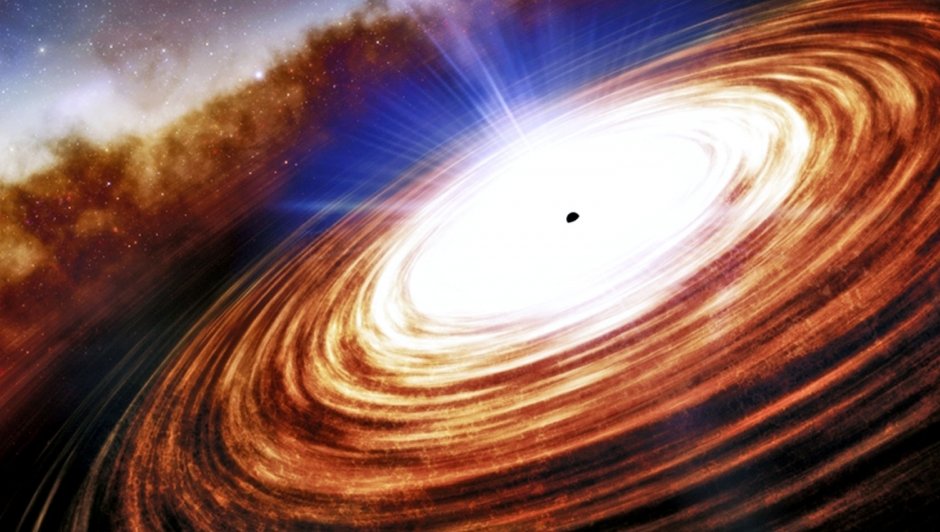 Astronomers Announce Discovery Of Most Distant Quasar
No Comments | Feb 13, 2021
Astronomers Announce Discovery Of Most Distant Quasar
No Comments | Feb 13, 2021 -
 Ancient Irish Were First To Record An Eclipse – 5,355 Years Ago
No Comments | Jul 31, 2015
Ancient Irish Were First To Record An Eclipse – 5,355 Years Ago
No Comments | Jul 31, 2015 -
 Two Largest Marsquakes To Date Recorded From Planet’s Far Side
No Comments | Apr 25, 2022
Two Largest Marsquakes To Date Recorded From Planet’s Far Side
No Comments | Apr 25, 2022 -
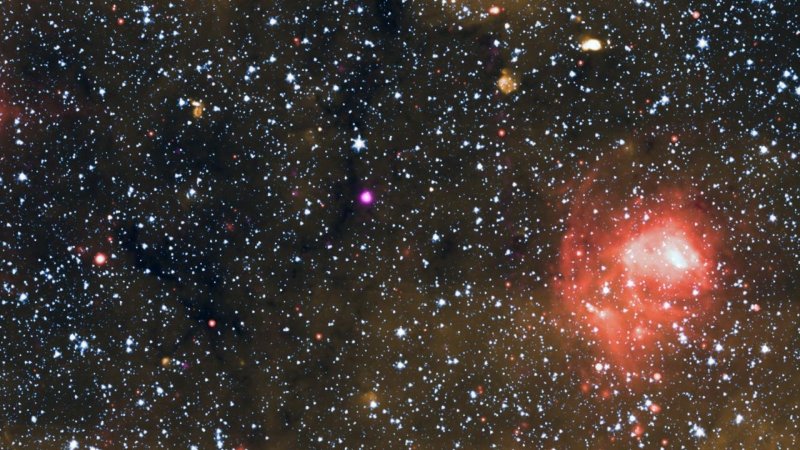 Extraordinary And The Youngest Known Magnetar Observed By Chandra Observatory
No Comments | Jan 10, 2021
Extraordinary And The Youngest Known Magnetar Observed By Chandra Observatory
No Comments | Jan 10, 2021 -
 Detailed Maps Of Birthplace Of Stars In Orion A Molecular Cloud
No Comments | May 23, 2018
Detailed Maps Of Birthplace Of Stars In Orion A Molecular Cloud
No Comments | May 23, 2018
